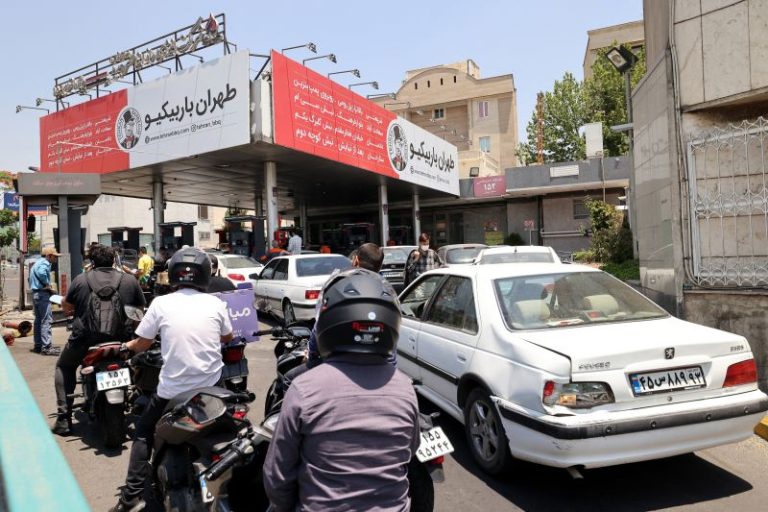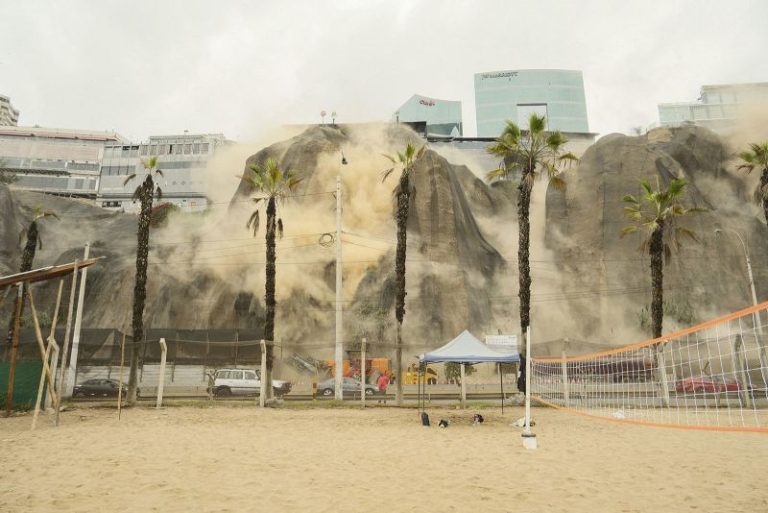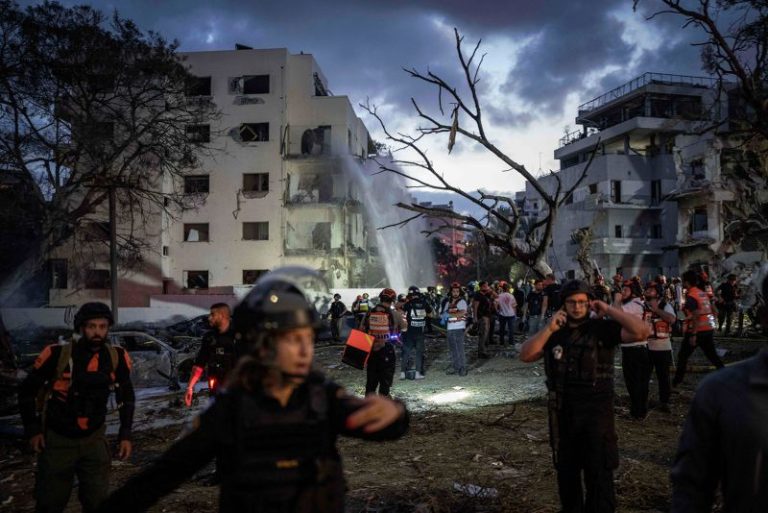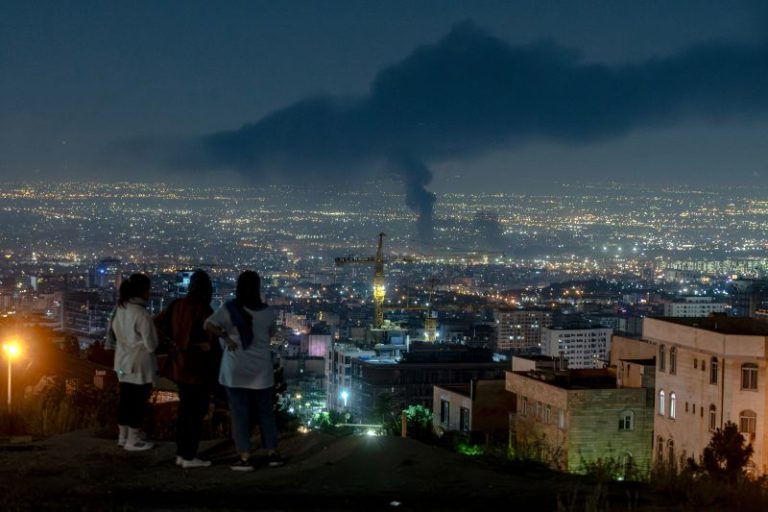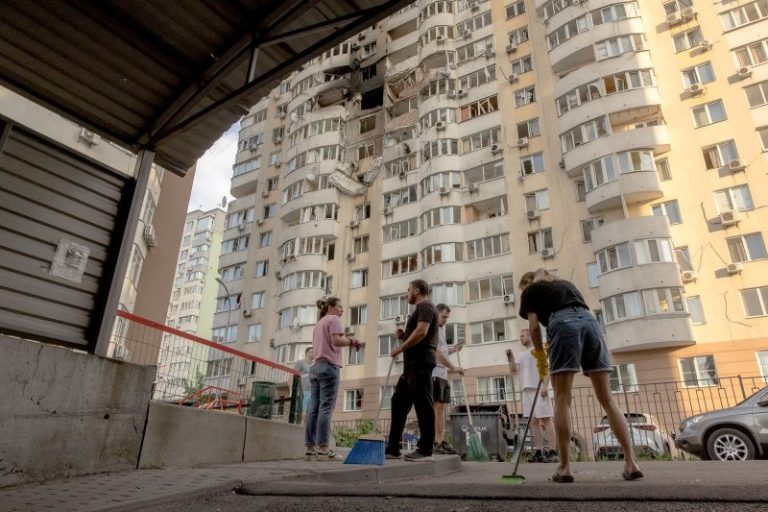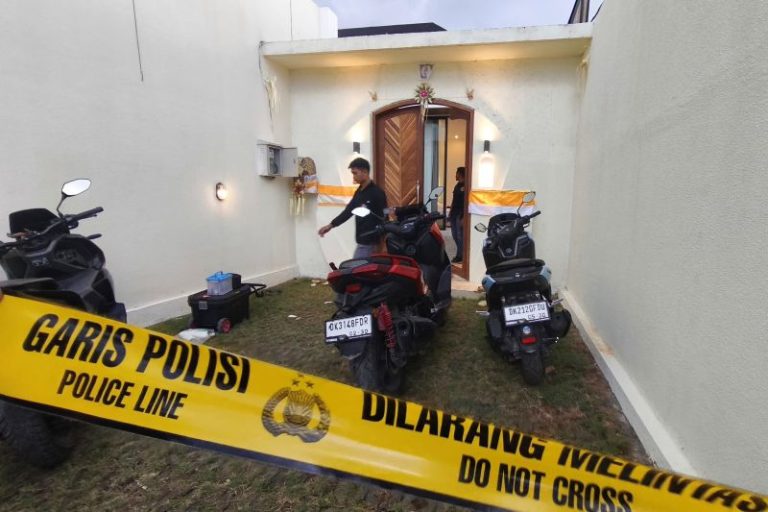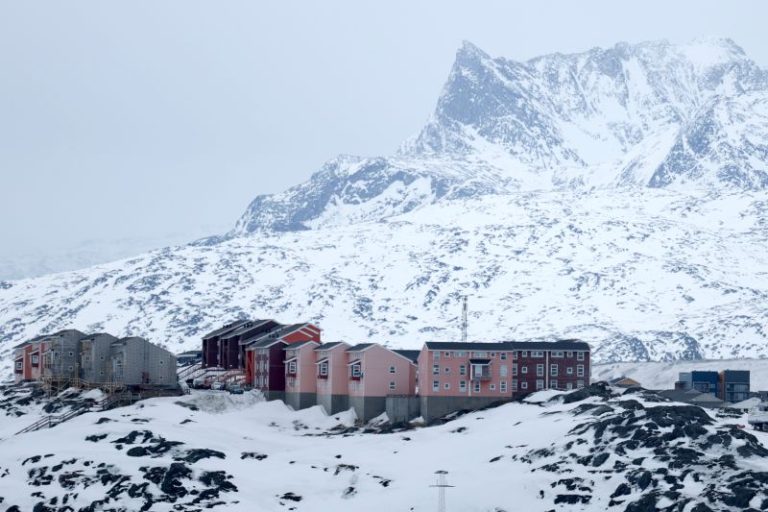Fear has been gripping Iranians as Israel vows to continue attacking the Islamic Republic over its nuclear program, with many fleeing the bigger cities, including the capital Tehran, in search of safer areas.
There was chaos as residents ran down to the ground level after smelling smoke from a nearby building that had also been targeted, the resident said. Families with young children struggled to keep them calm.
Unlike Israel, Iran’s capital Tehran doesn’t have modern bomb shelters, so the city must make use of tunnels, basements or older shelters used in the Iran-Iraq war of the 1980s – the last time the country faced such a grave national emergency.
“In Tehran there weren’t any shelters, people went into basements,” the chairman of Tehran’s City Council, Mehdi Chamran, told reporters Sunday, adding that the metro can be used as a shelter “in extreme crisis” but that “we would need to shut the system down.”
The metro in Tehran will be open 24 hours a day starting Sunday night for people to shelter, a government spokesperson announced. Schools and mosques will also be open, she said.
Older people in the building in Saadat Abad were comparing the fear-filled atmosphere to the eight-year-long war with Iraq, which saw Iraqi armed forces invading western Iran along the countries’ joint border, the resident said.
Iranian experts have said that by attacking residential areas in Iran, Israel has “crossed the Rubicon” – or passed the point of no return – and is inviting attacks of the same kind from Tehran.
“We don’t support the Iranian regime, but we are against Israel attacking residential areas and civilians,” said an older male Tehran resident. “If Israel is against Iran’s nuclear program and military capabilities, they should target those areas and not create another situation like what is happening in Gaza.”
Israel has destroyed swathes of the Palestinian territory and displaced almost all of Gaza’s population in its war against Hamas, an Iranian ally.
One family, who didn’t want to be named, decided to leave Tehran with their two small children and their elderly parents. They are worried that the government has housed officials and military leaders within highly populated, upper middle-class neighborhoods – putting civilians at risk.
“I don’t want to leave my home, but I am not going to put my young children in this position,” the father said. “I hope that the US steps in to stop the attacks between both countries.”
In the city of Shiraz, in south-central Iran, long lines for gas have been forming around the city. Residents are also stocking up on food, water, and diapers.
Cars full of families with suitcases and water strapped to the roof have been seen around the city, with many families leaving for the countryside.
Meanwhile, nights have become very quiet in Tehran, residents said. Many shops are closed and many people have either left the city or are too scared to go to work, they said.
Israel’s operation against Iran is expected to take “weeks, not days” and is moving forward with implicit US approval, according to White House and Israeli officials. Israeli Prime Minister Benjamin Netanyahu has vowed to “strike every site and every target of the Ayatollah’s regime,” referring to the country’s Supreme Leader.
The Israeli military on Sunday also issued an “urgent” evacuation warning to Iranians living near weapons production facilities, saying being nearby would endanger their lives.
Netanyahu’s call for Iranian revolt
In a rare direct address to the people of Iran, Netanyahu on Friday urged its citizens to “stand up and let your voices be heard,” after Israel unleashed deadly strikes on its regional foe.
“The time has come for the Iranian people to unite around its flag and its historic legacy, by standing up for your freedom from an evil and oppressive regime,” Netanyahu said in a statement.
The Iranian regime remains unpopular at home, where security forces continue their brutal crackdown on dissidents. Nonetheless, the Israeli leader’s call fell on deaf ears.
Some Iranians expressed anger and asserted they would never cede to Netanyahu’s demands.
“Don’t let the fake news fool you, the reality of what is happening in Iran as an Iranian who has actually lived in Iran, who has their family in Iran, (is that) Israel is in no way helping our people. I don’t need fake news and propaganda speeches,” she added.
Iran has threatened to intensify its own retaliatory attacks if Israel continues hostilities.
Over 200 rocket launches from Iran were reported overnight into Sunday, the Israeli government said, and at least 13 people have been killed in Israel, including three children.
Unofficial tallies published by Iran’s state affiliated media said dozens in the country have been killed and injured in Israeli strikes. Iran’s authorities have yet to declare a death toll.

